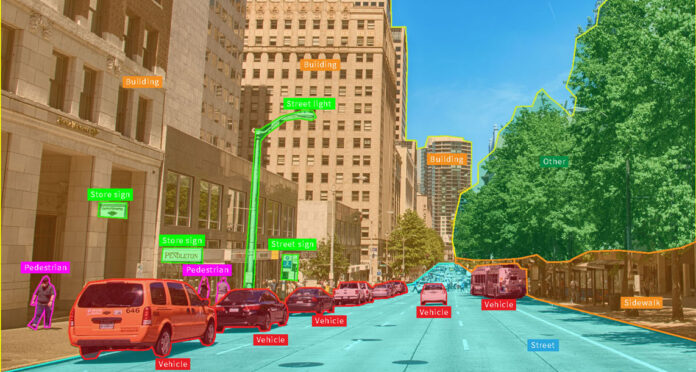Autonomous vehicles, also known as self-driving cars, have been a topic of discussion for many years. These vehicles have the potential to transform the way we travel, making it safer and more efficient. One of the key technologies that make autonomous vehicles possible is computer vision. In this article, we will provide an overview of the role of computer vision in autonomous vehicles, as well as the key technologies and challenges associated with it.
What is Computer Vision?
Computer vision is a field of artificial intelligence that focuses on enabling machines to interpret and understand the visual world. It involves developing algorithms and techniques that allow computers to extract meaningful information from images or videos. Computer vision has a wide range of applications, including object recognition, face detection, and image segmentation. In the context of autonomous vehicles, computer vision plays a critical role in enabling the vehicle to perceive its environment and make decisions based on that perception.
Key Technologies in Computer Vision for Autonomous Vehicles
There are several key technologies in computer vision that are essential for autonomous vehicles. These include:
- Object detection and tracking: Autonomous vehicles need to be able to detect and track objects in their environment, including other vehicles, pedestrians, and obstacles. Object detection and tracking algorithms use computer vision techniques such as image segmentation and feature extraction to identify and track objects.
- Lane detection: Lane detection is another important technology in computer vision for autonomous vehicles. It enables the vehicle to detect and stay within the lanes on the road. Lane detection algorithms use computer vision techniques such as edge detection and Hough transform to identify and track lanes.
- Traffic sign recognition: Autonomous vehicles need to be able to recognize traffic signs, including stop signs, speed limit signs, and yield signs. Traffic sign recognition algorithms use computer vision techniques such as template matching and feature extraction to identify and classify traffic signs.
Challenges in Computer Vision for Autonomous Vehicles
While computer vision has the potential to transform autonomous vehicles, there are several challenges that need to be addressed. These include:
- Lighting conditions: Computer vision algorithms rely on clear images to extract meaningful information. However, lighting conditions can affect the quality of the images, making it difficult for algorithms to detect and track objects.
- Weather conditions: Weather conditions such as rain, snow, and fog can also affect the quality of the images, making it difficult for computer vision algorithms to extract meaningful information.
- Occlusions: Objects in the environment can occlude or obstruct the view of other objects. This can make it difficult for computer vision algorithms to detect and track objects accurately.
Conclusion
In conclusion, computer vision plays a critical role in enabling autonomous vehicles to perceive their environment and make decisions based on that perception. Key technologies such as object detection and tracking, lane detection, and traffic sign recognition are essential for enabling autonomous vehicles to operate safely and efficiently. However, there are several challenges associated with computer vision for autonomous vehicles, including lighting and weather conditions, as well as occlusions. Addressing these challenges will be essential for realizing the full potential of autonomous vehicles.





